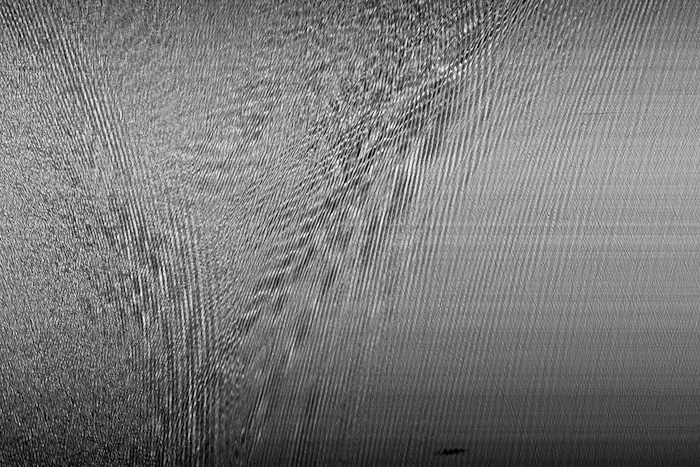Another aspect of previsualization is envisioning just the way the tonality of the actual scene will map to the tones in the final print before tripping the shutter. Ansel Adams’ Zone System is an orderly approach to both looking at the scene with that in mind and making the pre-exposure vision a reality. In moderation,… [Read More]
Previsualization heresy, part 2
I’m not against all previsualization. If we didn’t do some visualization of what the finished photograph would look like, we wouldn’t need to focus or set the exposure. We wouldn’t need viewfinders. We would point the camera in random directions, trip the shutter at random times, and pore through the results later, like looking for… [Read More]
Previsualization heresy, part 1
I live near Carmel, California. The photographic history of this place is freighted with an approach to image-making called previsualization. Ansel Adams wrote about visualization, which he defined as “the ability to anticipate a finished image before making the exposure”. Many say that Minor White invented the word previsualization, although he credited Adams and Edward… [Read More]
Slit scan ripples
I’ve been doing some slit scans of the images created on the bottom of a pool by ripples on the surface. The ripples create highly aspherical lenses that create distorted images of the sun on the bottom. There are additional distortions caused by the surface of the pool as the light travels upwards to the… [Read More]
Wayne Gretzky on photography
You miss one hundred percent of the shots you never take. I understand this may have some application to hockey as well.
- « Previous Page
- 1
- …
- 495
- 496
- 497
- 498
- 499
- …
- 574
- Next Page »
